
🚀 Introduction – Why Seoul Captivates Every Traveler
South Korea’s capital city, Seoul, is where ancient traditions meet ultra-modern life. Whether you're passionate about K-pop, intrigued by centuries-old palaces, or eager to explore cutting-edge design and street food culture, Seoul offers something for everyone. It's a city full of contrasts and energy — safe, vibrant, and deeply rooted in its history.
For first-time visitors, narrowing down where to go can be overwhelming. That’s why we curated a list of the Top 10 must-see spots in Seoul that perfectly capture the city’s unique charm. Each place below includes details on what to expect, how to get there, and useful links for planning your visit.
🏯 1. Gyeongbokgung Palace (경복궁)
Why Visit: The most iconic and largest of the Five Grand Palaces from the Joseon Dynasty. A true showcase of traditional Korean architecture.
Highlights:
- Royal guards changing ceremony (daily at 10:00, 14:00, except Tuesdays)
- Traditional Hanbok rentals nearby
- National Palace Museum and National Folk Museum within the complex
Admission: 3,000 KRW (Free if wearing Hanbok)
Website & Info
Getting There: Gyeongbokgung Station (Line 3), Exit 5



📰 2. N Seoul Tower (남산타워)
Why Visit: For panoramic views of the entire city from atop Namsan Mountain. A romantic and scenic spot, day or night.
Highlights:
- Love Locks Fence
- Rotating Observatory Deck
- N Grill fine dining restaurant
Admission: Observation deck: 16,000 KRW (adult)
Website
Getting There: Namsan Cable Car or Namsan Shuttle Bus from Myeongdong Station



🏫 3. Myeongdong (명동)
Why Visit: A buzzing shopping street packed with Korean cosmetics, fashion boutiques, and incredible street food.
Highlights:
- Famous for K-beauty brands (Innisfree, Olive Young)
- Must-try: Grilled lobster, tteokbokki, egg toast
- Popular with Japanese, Chinese, and Southeast Asian tourists
Tip: Try to go before 6 PM for a less crowded experience.
Getting There: Myeongdong Station (Line 4), Exit 6
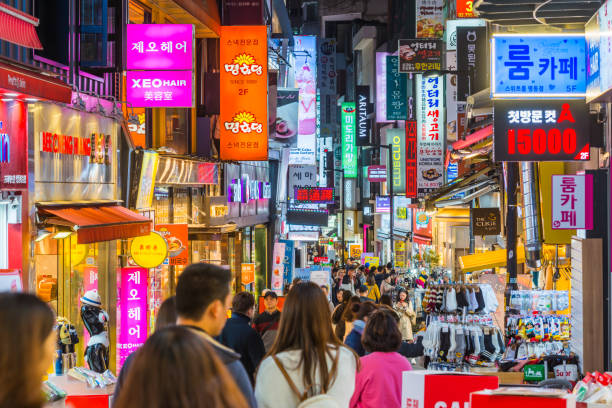

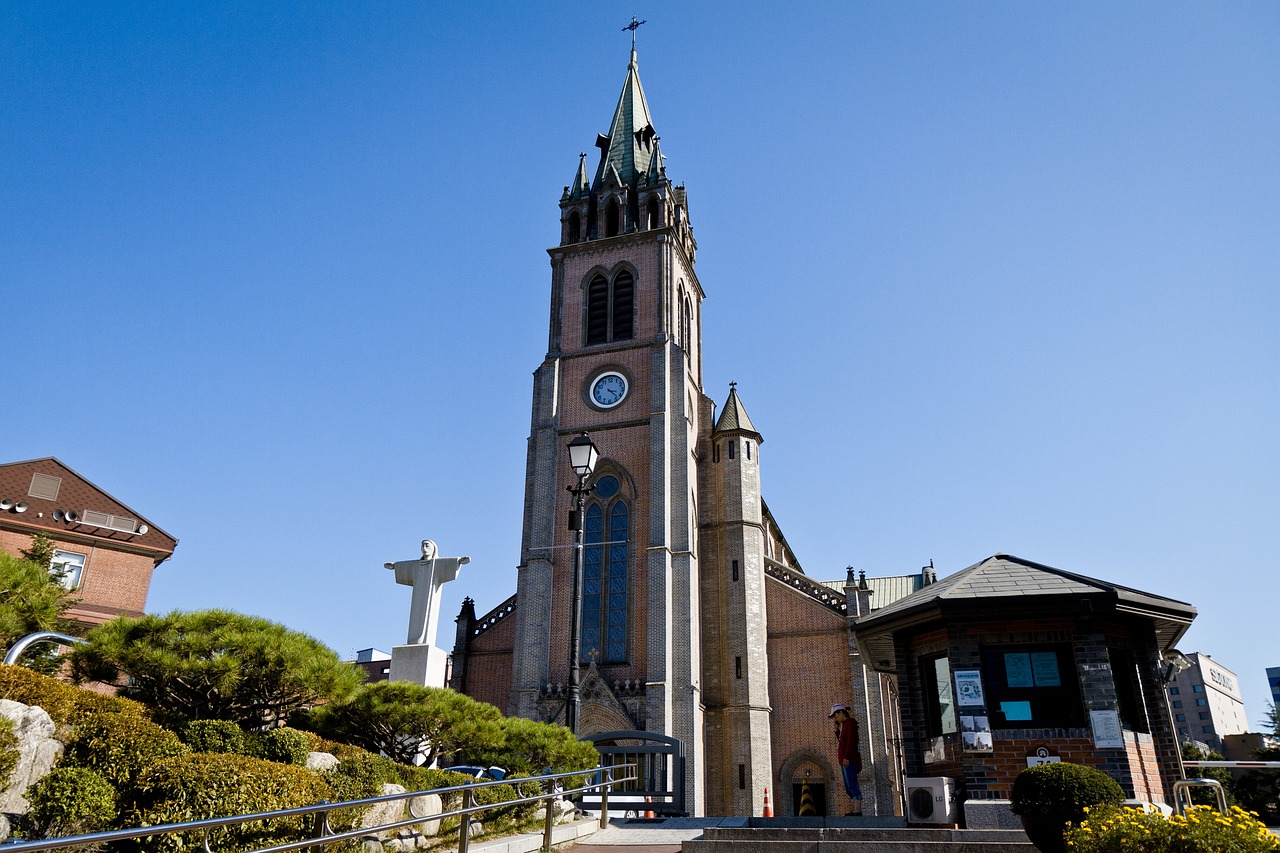
⛩️ 4. Bukchon Hanok Village (북촌 한옥마을)
Why Visit: A preserved village of traditional Korean houses (hanok) nestled between modern districts.
Highlights:
- Great photo ops with tiled roofs and narrow alleys
- Quiet cultural experience within a residential area
- Nearby: Changdeokgung Palace and Insadong
Website
Getting There: Anguk Station (Line 3), Exit 2



🏫 5. National Museum of Korea (국립중앙박물관)
Why Visit: Korea's largest museum with over 300,000 artifacts tracing the country's history from prehistoric times to modern day.
Highlights:
- Free permanent exhibitions
- Beautiful reflecting pool and sculpture garden
- Family-friendly with multilingual info
Admission: Free
Website
Getting There: Ichon Station (Line 4, Jungang Line), Exit 2
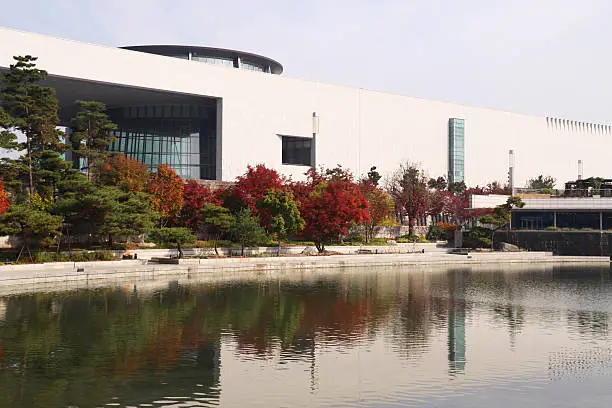


🎤 6. Hongdae Street (홍대)
Why Visit: Trendy youth culture hotspot famous for indie music, street art, and nightlife.
Highlights:
- Live busking performances every evening
- Art markets on weekends
- Cafes with themes (e.g., raccoon cafes, K-pop)
Getting There: Hongik Univ. Station (Line 2), Exit 9



🍜 7. Gwangjang Market (광장시장)
Why Visit: One of Seoul’s oldest traditional markets, known for authentic Korean street food.
Must-Try Foods:
- Mayak gimbap ("narcotic" seaweed rolls)
- Bindaetteok (mung bean pancake)
- Yukhoe (Korean-style raw beef)
Website
Getting There: Jongno 5(o)-ga Station (Line 1), Exit 8

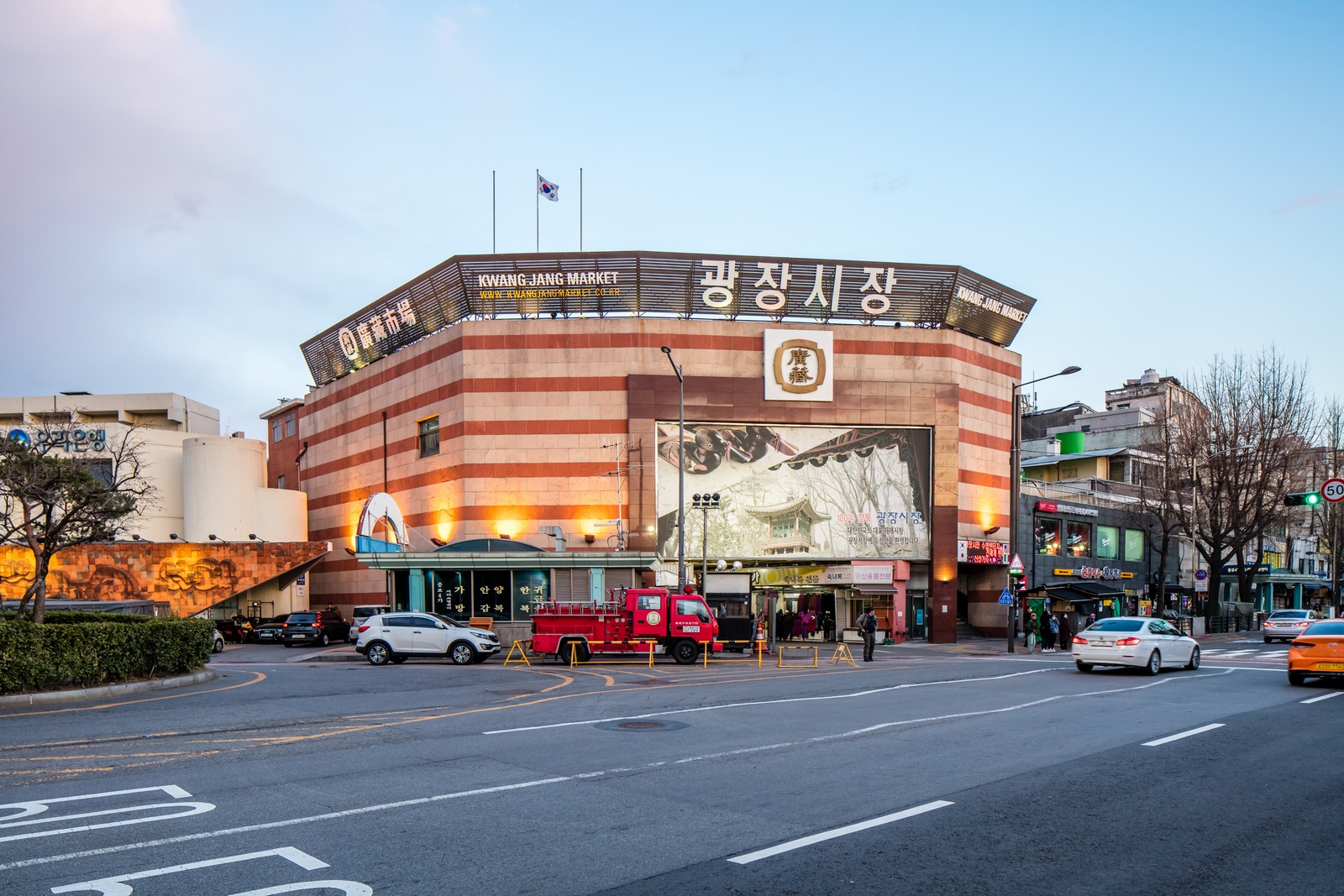

🌸 8. Cheonggyecheon Stream (청계천)
Why Visit: A 10.9-km-long urban stream in downtown Seoul, great for evening strolls.
Highlights:
- Seasonal LED light installations
- Cultural events and festivals
- Romantic photo spots
Getting There: City Hall Station (Line 1 & 2), Exit 4



🛍️ 9. Dongdaemun Design Plaza (DDP)
Why Visit: Seoul’s design and fashion mecca with futuristic architecture by Zaha Hadid.
Highlights:
- LED rose garden at night
- Ongoing fashion shows and art exhibits
- Night markets until 11 PM
Website
Getting There: Dongdaemun History & Culture Park Station (Line 2/4/5), Exit 1
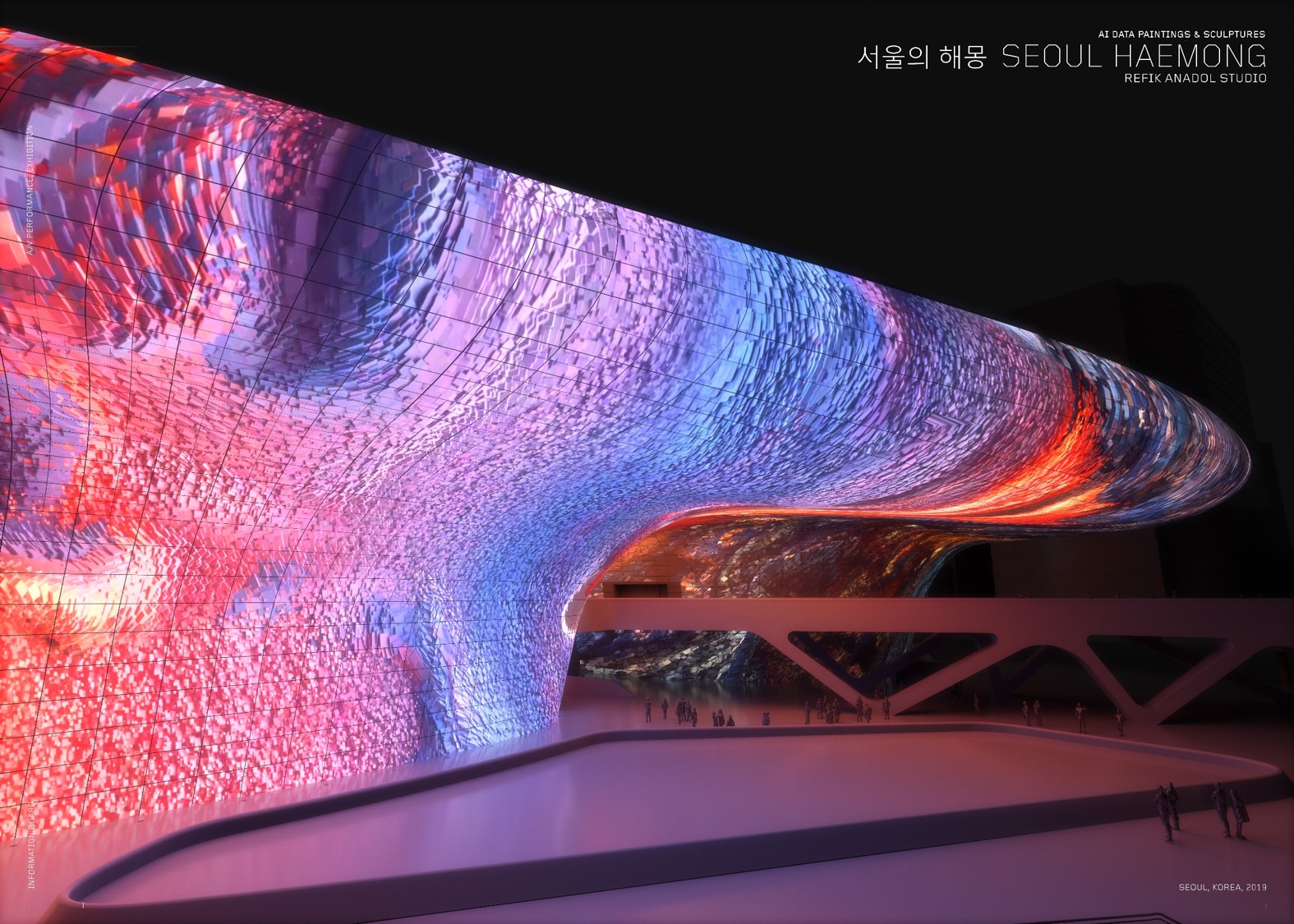


🌳 10. Seoul Forest (서울숲)
Why Visit: A vast eco-park offering nature in the city. Great for relaxing walks or picnics.
Highlights:
- Butterfly & insect gardens
- Fallow deer feeding zone
- Family picnic areas and art installations
Website
Getting There: Seoul Forest Station (Bundang Line), Exit 3

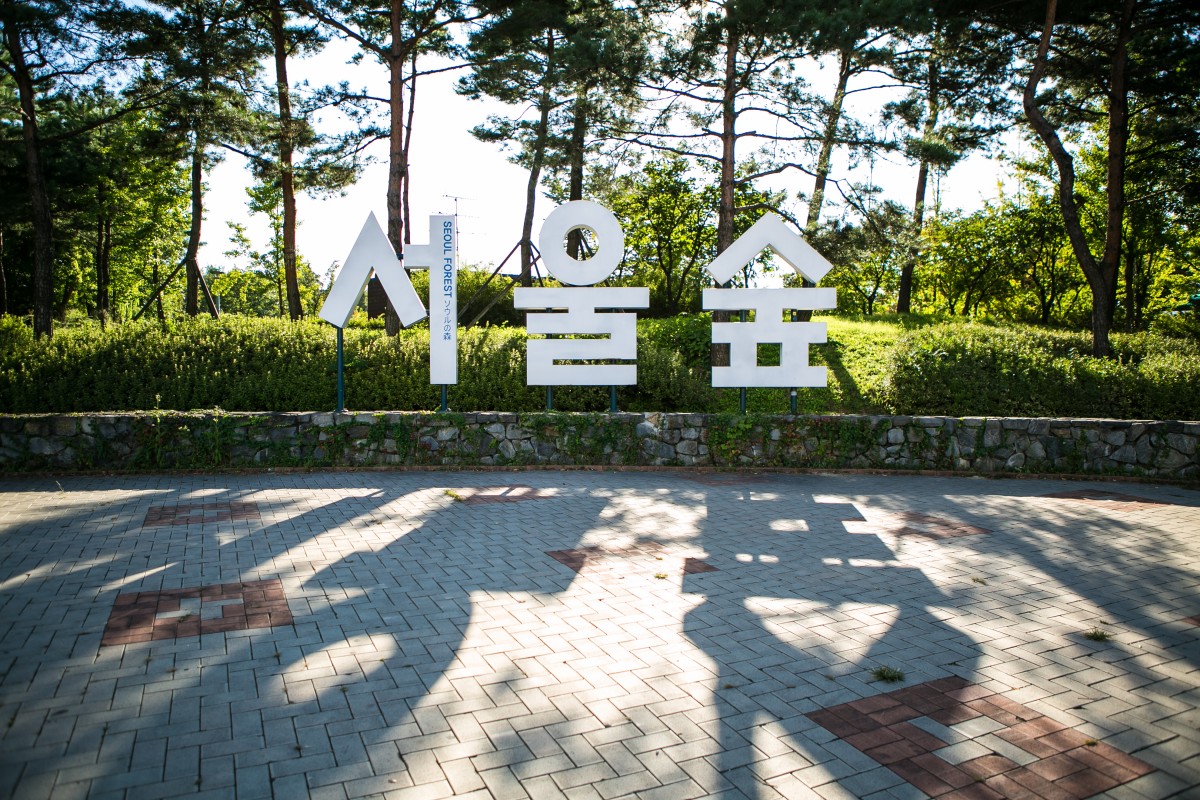

🤔 FAQ – Frequently Asked Questions by Foreign Tourists
Q1. Can I use my credit card everywhere?
Most places in Seoul accept international credit cards, but bring some cash for markets.
Q2. Do I need to speak Korean?
Not necessarily. Many young locals speak basic English. Use Papago or Google Translate.
Q3. How do I get around easily?
Use a T-money card for buses/subways. Navigation apps: Naver Map or KakaoMap.
Q4. Is tipping required?
Tipping is not common or expected in Korea.
Q5. Are tourist spots open year-round?
Yes, but some palaces and museums close on Mondays or Tuesdays. Check in advance.
📅 Final Thoughts – Start Your Journey in Seoul
Seoul is more than just a city—it's an experience. Whether you're sipping tea in a centuries-old hanok or taking selfies under the LED roses at DDP, the energy here is unforgettable.
Begin your Korean adventure with these 10 iconic spots, and stay tuned for our next guide: "How to Use the Subway in Korea Like a Local."
2025.06.13 - [trip in Korea] - How to Use the Subway in Korea Like a Local
How to Use the Subway in Korea Like a Local
🌏 Introduction – Why the Subway is the Smartest Way to Explore KoreaSeoul and other major Korean cities have one of the world's most efficient, clean, and safe subway systems. For tourists, it’s not only the fastest but also the most budget-friendly
liveright.soti7.com